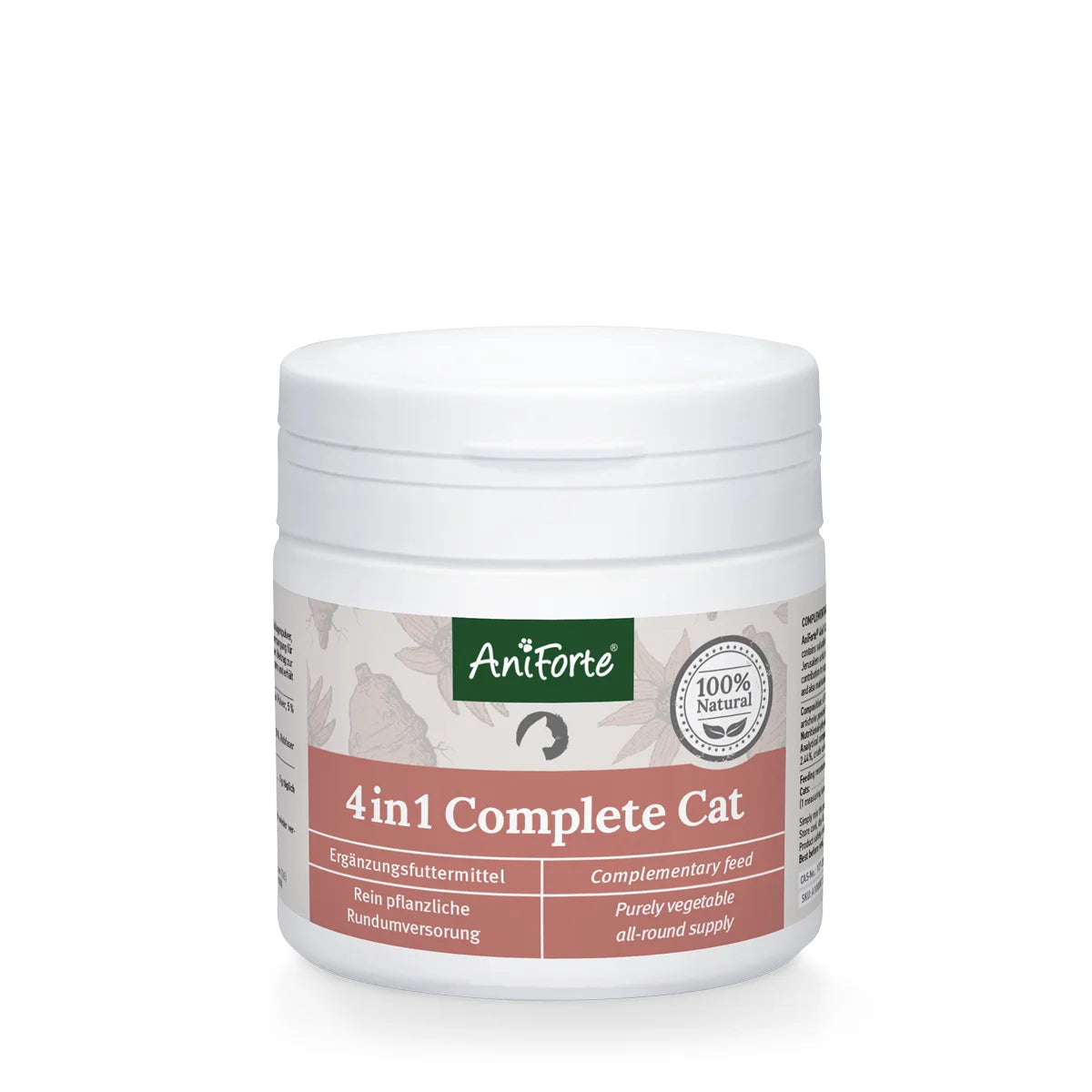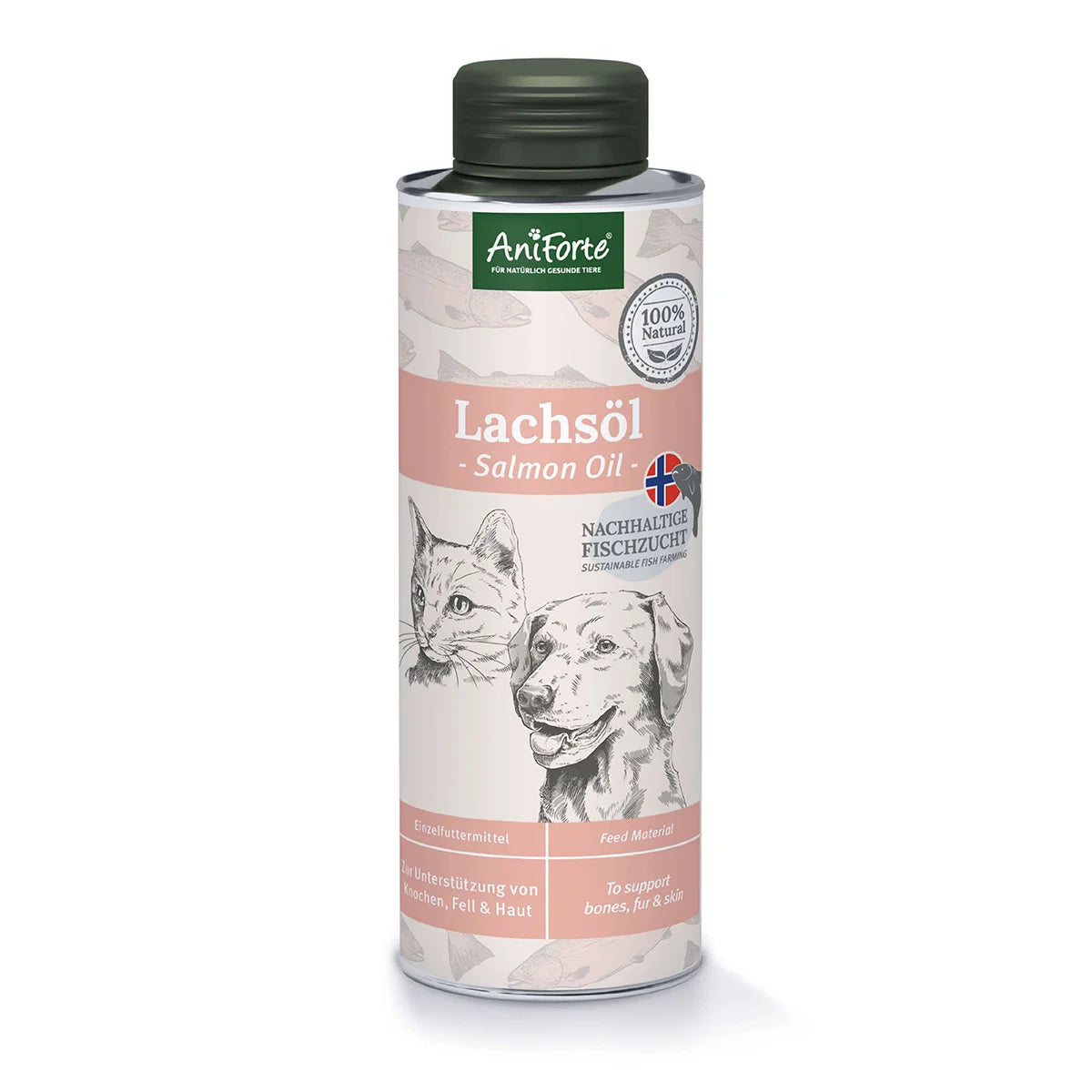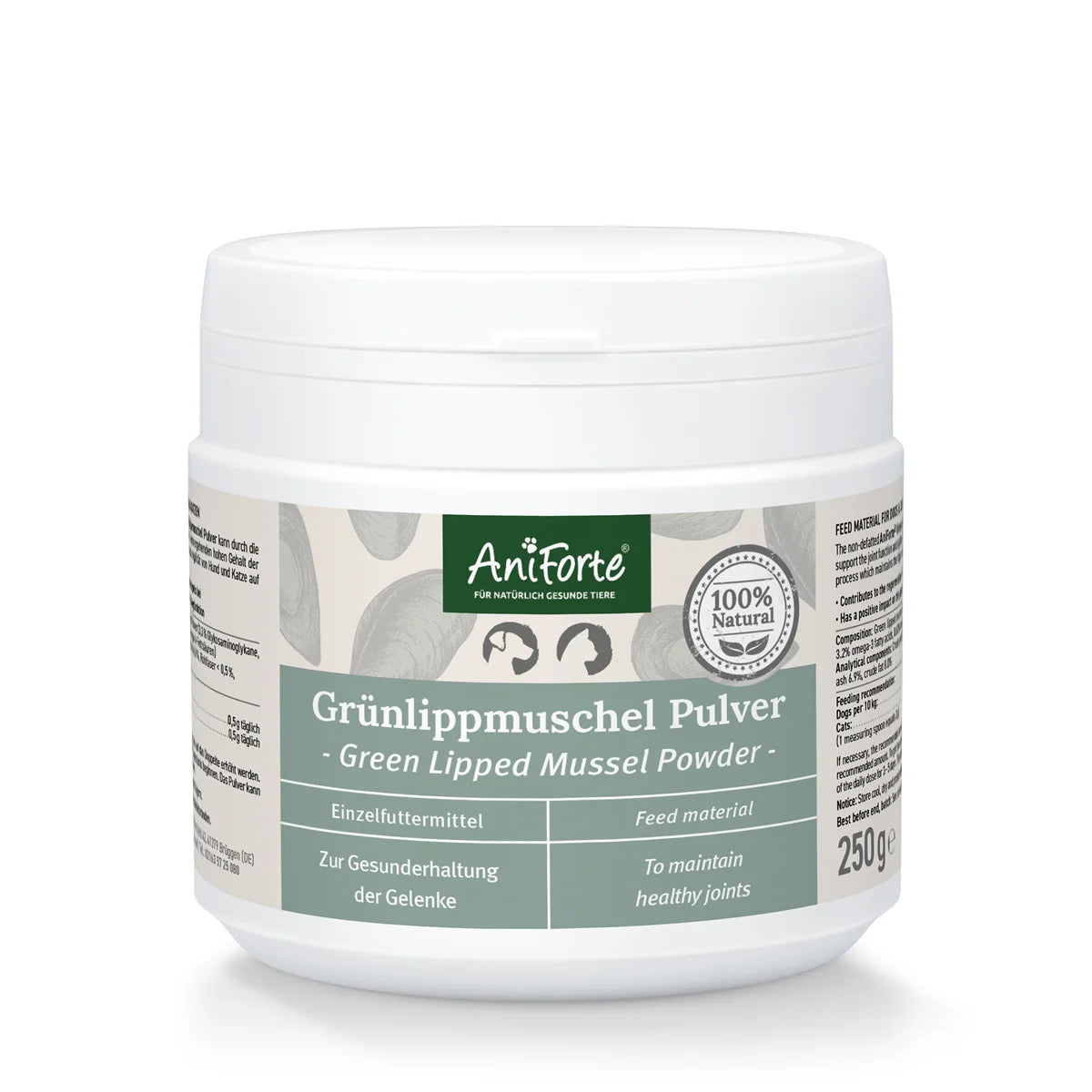
Common health conditions like kidney disease, diabetes, allergies, and digestive issues are increasingly affecting cats. To promote better health, many cat owners are turning to raw feeding, or BARF (Biologically Appropriate Raw Food), which focuses on natural, species-appropriate nutrition. Raw feeding provides essential vitamins, minerals, and trace elements directly from unprocessed foods, while commercial cat foods often rely on synthetic vitamins. Here’s a guide to raw feeding for cats, along with tips for building balanced, nutrient-rich meals.
The Benefits of Raw Feeding for Cats
While raw diets have been popular for dogs since the 1990s, raw feeding for cats has gained attention in the past two decades. BARF involves fresh raw meat, supplemented with bones, organs, and healthy fats to mimic a cat’s natural prey-based diet.
Consulting with a veterinarian or pet nutritionist is recommended before starting raw feeding, especially if your cat has underlying health issues or allergies. Raw feeding gives you full control over your cat’s diet, allowing you to tailor meals to their unique needs. This control can benefit active outdoor cats who may need more energy, or indoor cats with specific health requirements.
Compared to processed food, raw diets retain natural nutrients, as important vitamins and minerals aren’t lost through cooking. The result is a diet that better meets a cat’s natural nutritional needs.

Health Advantages of Raw Feeding Your Cat
Raw feeding offers health benefits that extend beyond nutrition alone:
- Dental Health: Chewing raw meat aids in dental care by reducing plaque and tartar.
- Improved Digestion: Cats on raw diets often experience better nutrient absorption, leading to smaller, firmer stools.
- Strong Muscles, Skin, and Coat: Raw diets support muscle growth, a strong immune system, and promote a healthy coat and skin.
Getting your cat used to the new diet
Transitioning to Raw Feeding
A daily raw diet should make up about 2-3% of your cat’s body weight. As obligate carnivores, cats thrive on meat, which should be the main component. Muscle meat forms the base, with additions of offal, bones, fats, and specific supplements. Avoid lungs, udders, and tripe, as cats have difficulty digesting these.
Suggested Meal Composition:
- 95% meat (including offal, bones, and fat)
- 5% vegetables, supplements, and oils as needed (vegetables aren't essential but something like grated carrots they tolerate and is very good for fibre.

Tips for Introducing Raw Food
Cats are creatures of habit and may initially resist new foods. To ease the transition:
- Start with 80% of your cat’s usual food mixed with 20% BARF meat.
- Gradually increase the raw meat portion over 2-3 weeks.
- Include pureed vegetables for easier digestion.
Safe Meats and Foods for Raw Feeding
Cats can eat a variety of raw meats, including:
- Beef, lamb, chicken, turkey, rabbit, and venison
- Fish (1-2 times per week)
- Whole prey (such as mice or chicks) to mimic natural prey
Feeding Bones: Offer soft bones (like chicken necks and wings) 1-2 times per week for calcium and to promote bowel health. Avoid cooked bones, as they can splinter and cause internal injury.
Ingredients to Avoid:
- Raw Pork: Poses a risk of Aujeszky virus, which is fatal to cats.
- Excess Fat: Limit to 8-10% per meal to avoid liver strain.
- Carbohydrates: Cats cannot digest starches, so avoid potatoes, rice, and pasta.
Please note that not every cat prefers raw feeding over their known food, so you may have to stick to the conventional diet. You know your furry friend best and know how sensitive they are. But it is definitely worth a try to switch to raw feeding.
Supplementing a Raw Diet
Since some cats may refuse specific foods like bones or organs, supplements can help complete their diet:

Barf Complete for cats
Ensures with a balanced diet that all nutritional needs are met
Calcium for cats
If your four-legged friend rejects raw bones or cannot eat them, you can feed minced bones. They're just as nutritious and contain important calcium and phosphorus. Bone meal is a suitable alternative for whole or ground bones. The ground animal bones have a balanced calcium-phosphorus ratio and can easily be mixed with the feed. Both calcium and phosphorus play an important role in bone metabolism and for tooth substance, and the two minerals are also necessary for blood clotting and muscle activity.
If you don't feed any bones, or for cats with kidney disease, eggshell powder is recommended. It usually consists of 37-38% calcium and has a very low phosphorus content.
Taurine for cats
Taurine is an important amino acid in the cat's body. However, the cat cannot synthesise this nutrient itself and should be added to raw meat as a supplement. Although raw meat already contains taurine, it is only found in sufficient quantities in the hearts of their prey.
The average daily requirement of taurine for an adult cat is 50 mg per kilogram of body weight.

The need for taurine is higher in older, pregnant and lactating pets. Taurine deficiency can lead to poor eyesight, nervous system disorders and immunodeficiency. The amino acid in taurine has important functions for the immune system and is essential for keeping the cat’s retina healthy.
Salmon oil for cats
Salmon oil as a dietary supplement provides important fats and omega-3 fatty acids. These essential fatty acids cannot be produced by the cat's body and must be supplemented with food. The long-chain fatty acids are involved in numerous metabolic processes in the body: they have a positive effect on blood circulation, promote brain development and visual acuity and are an important component of the cell membrane. An omega-3 deficiency can be harmful to the animal's health and even cause secondary diseases. Dried out, rough fur, increased itching, skin inflammation and dermatoses are just a few possible symptoms of deficiency. Vegetable oils as an alternative to salmon oil are less recommended for cats.
Cats of normal weight (3-5 kg) should receive around 1/4 teaspoon of salmon oil daily. You can usually find the appropriate dosage on the salmon oil bottle.
Sample Raw Recipes for Cats
Create meal plans to simplify your cat’s routine and provide variety:
Recipe: Duck Feast
- 35% duck meat
- 30% duck necks
- 20% duck hearts
- 10% duck liver
- 5% grated zucchini
- Add taurine and salmon oil as needed
Recipe: Chicken with Fish
- 35% chicken carcass
- 20% rainbow trout
- 20% chicken heart
- 15% chicken stomach
- 10% chicken liver
- 5% pureed carrots
- Add taurine and salmon oil as needed
If your cat is sensitive to new foods, try single-meat recipes to make the transition easier.
The Growing Popularity of BARF for Cats
More and more cat owners are embracing raw feeding to support their cats’ health. Raw diets are particularly beneficial for cats with sensitivities or allergies, as they allow complete control over ingredients and ensure a varied, natural diet. However, understanding your cat’s specific needs is essential to avoid nutritional imbalances.
Complete Supplements: Products like AniForte® Barf Complete Cat provide essential vitamins and minerals. For cats who cannot eat bones, AniForte® BARF-Line ground bones offers a source of calcium, while






